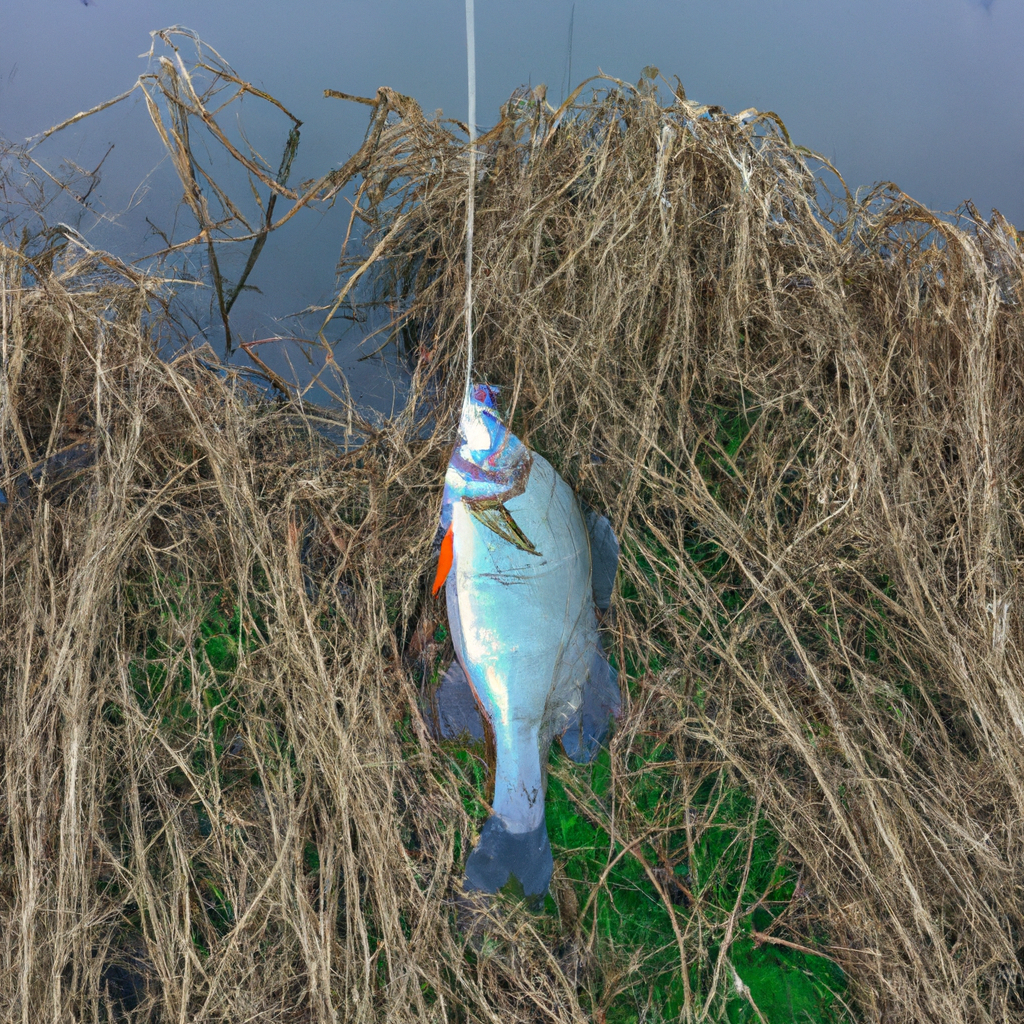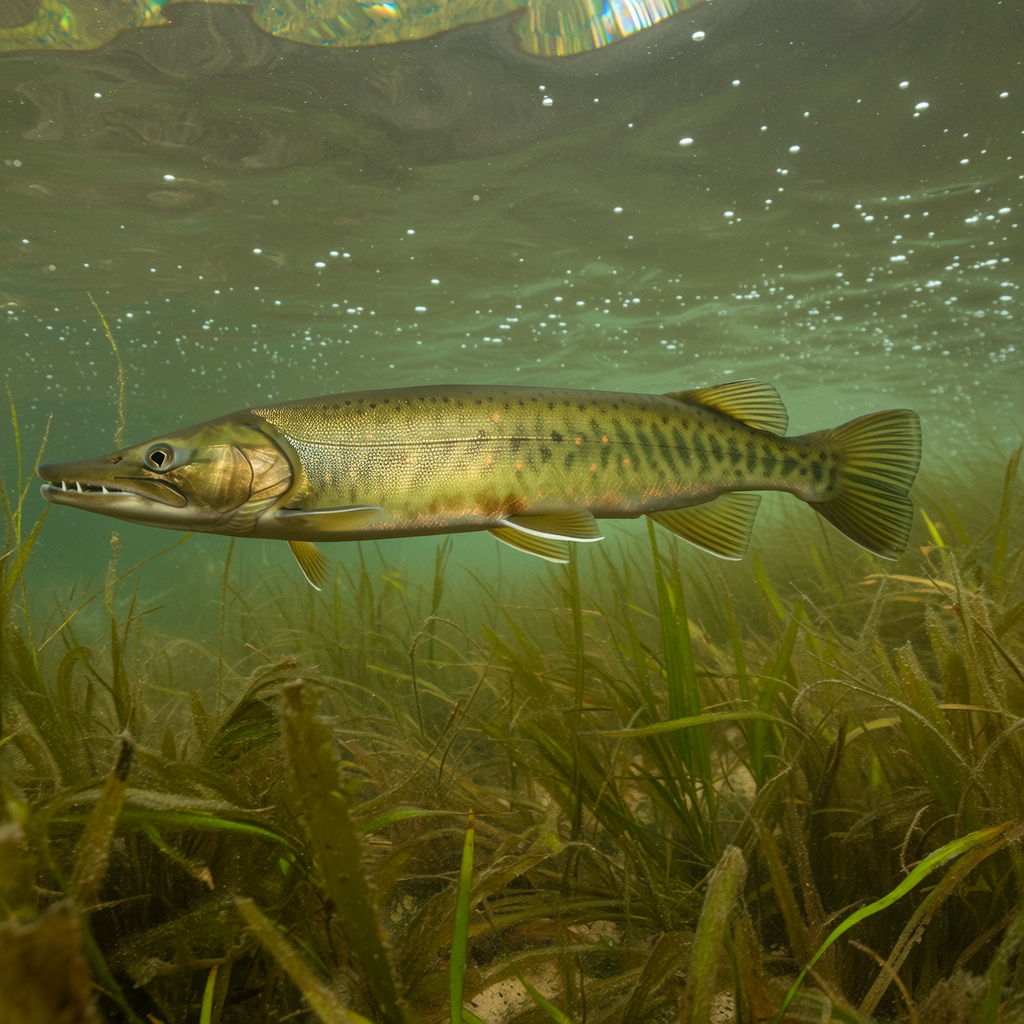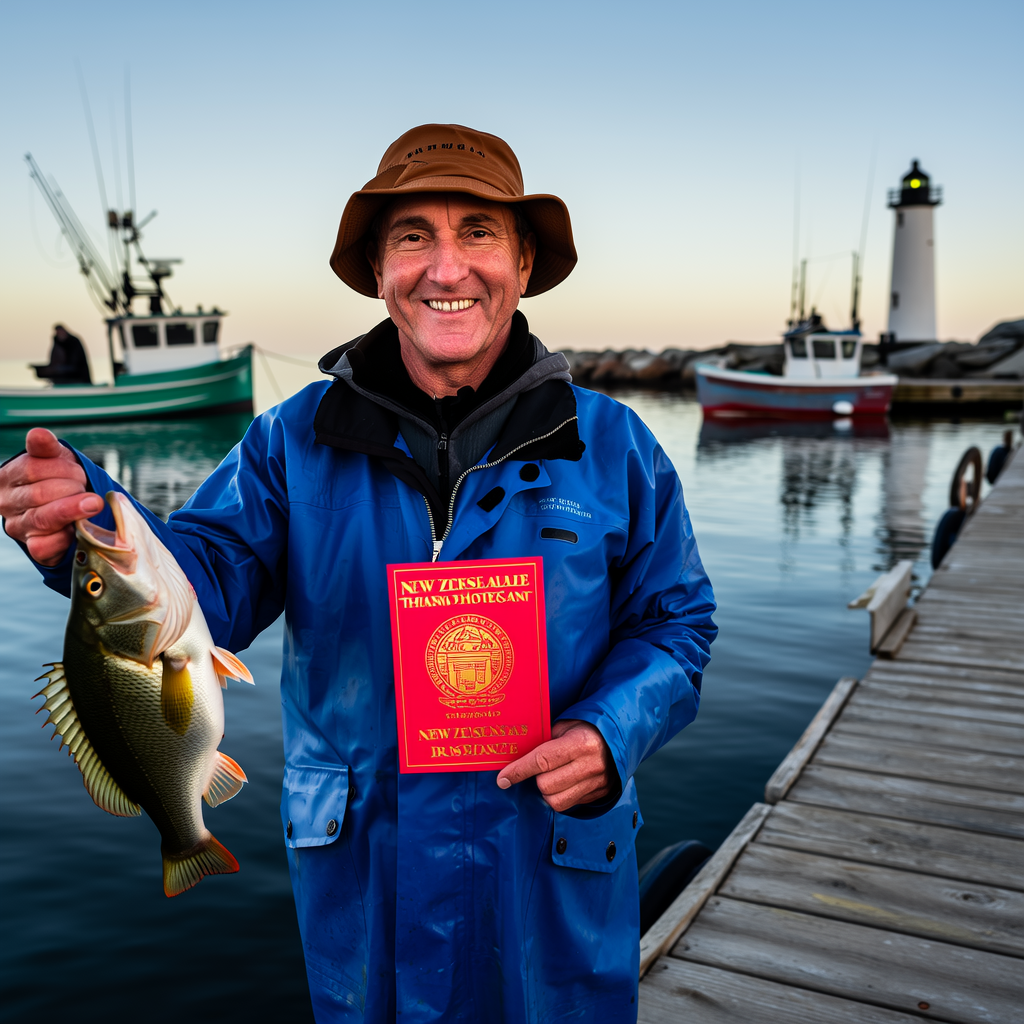Introduction
Welcome to our comprehensive guide to fishing in holes. This article will provide you with valuable tips and techniques for fishing in holes. This guide will help you improve your skills, regardless of whether you are a novice or experienced angler.
Understanding Holes
Holes are excellent fishing spots in lakes, rivers, and streams. They are usually deeper sections where fish tend gather. These holes vary in size and depth and provide shelter and protection for fish.
Understanding the structure and characteristics is important when fishing in holes. This will help you choose the right equipment, bait and fishing technique.
Selecting the Right Hole
Not all holes are the same when it comes fishing. Some holes are more productive than others depending on the species of fish you are targeting. Here are some factors to consider before choosing a hole.
1. Depth: Deeper fish holes tend to attract larger fish species. Shallower fish holes may contain smaller fish.
2. Cover: Look for holes that have natural cover, such as submerged logs or vegetation. These holes provide hiding places for fish.
3. Current: Holes with moderate flow can be especially productive, as the flow brings oxygen and food into the hole.
4. Structure: Holes near bends, drop-offs or underwater structures tends to hold more fish.
Equipment
It is important to have the correct equipment when fishing in holes to maximize your chances of success. Here are a few essential items to keep in mind:
1. Fishing Rod: Select a rod that is strong and sensitive enough to handle the species of fish you are pursuing.
2. Fishing Reel – Choose a reel that is compatible with your rod, and has a smooth drag.
3. Fishing Line: Use monofilament, braided or braided fishing lines with a pound test appropriate for the fish that you want to catch.
4. Terminal Tackle: Carry different hooks, sinkers and swivels for different fishing techniques and bait presentation.
5. Bait and lures: Depending on what species of fish you are targeting, use live baits such as worms, minnows or artificial lures which mimic the natural prey.
Techniques for fishing in Holes
Casting and Retrieving
Casting and retrieving is a popular technique to fish in holes. Here’s a guide to using this technique effectively:
1. Cast your lure or bait near the hole and allow it to sink down to the desired depth.
2. Maintain contact with the bait or lure by retriving slowly and steadily.
3. To attract fish, experiment with different retrieval speeds and motions.
4. Be alert to any bites or strikes, and be prepared to set the hook.
Bottom Fishing
Bottom fishing is a great way to catch fish in holes. Follow these steps to ensure successful bottom fishing.
1. Use a sinker that is heavy enough to reach the bottom and hold your bait in place.
2. Wait for fish to find your bait by allowing it to settle at the bottom.
3. Keep an eye on your fishing line for any signs of bites or movement.
4. Once you feel the bite, set your hook and reel in what you have caught.
Best Baits to Fish in Holes
Your choice of bait will determine your success when you fish in holes. Here are some popular options for bait:
1. Nightcrawlers
Nightcrawlers attract a variety of fish species. They can be threaded on a hook or cut into pieces.
2. Minnows
Live minnows such as shiners and chubs are very effective at attracting predatory fish. Use a minnow-trap or a hook to catch them.
3. Artificial Lures
Artificial lures such as jigs or soft plastics can be used to trigger strikes by mimicking the natural prey of fish. Try different colors and sizes until you find the right combination for your fishing hole.
4. Powerbait
Powerbait is available in a variety of scented and colored formulations and can be molded on a hook. It is especially effective at catching trout that are hiding in holes.
Tips for Success
Here are some tips to increase your chances of success now that you understand how to fish in holes:
1. Be Patient
Patience is required when fishing in holes. Be patient as fish may take a while to bite.
2. Stay Quiet
Avoid unnecessary noise and disturbance when approaching a hole for fishing. Fish are easily spooked by loud noises, so it is important to approach the fishing hole quietly.
3. Keep up to date with the latest fishing regulations
Check and follow local fishing regulations prior to heading out. This will ensure the health of the fish population as well as your compliance with the law.
4. Practice Catch and Release
If fishing regulations permit, consider releasing fish to conserve fish populations and promote sustainable fishing.
Conclusion
Fishing in holes is a rewarding activity, but requires the right knowledge, techniques, and equipment. By understanding the characteristics and characteristics of holes and selecting the right equipment and bait and using proven fishing techniques, it is possible to increase your success rate. Remember to respect the environmental, follow fishing regulations and strive for sustainable angling. Happy fishing!




